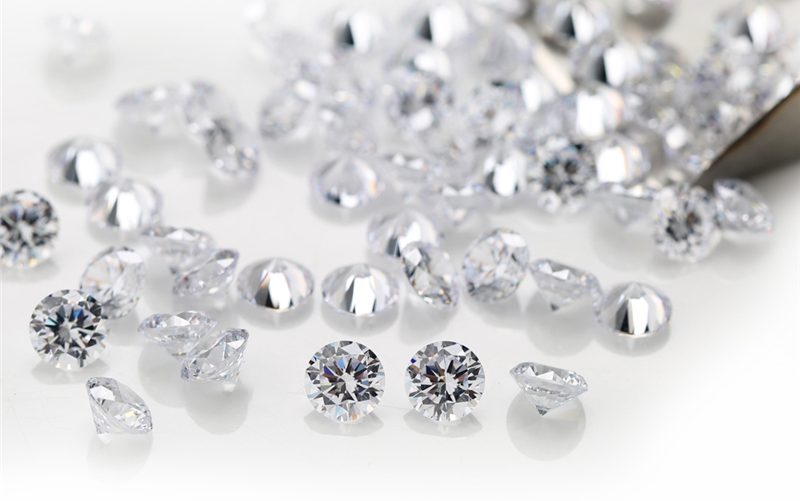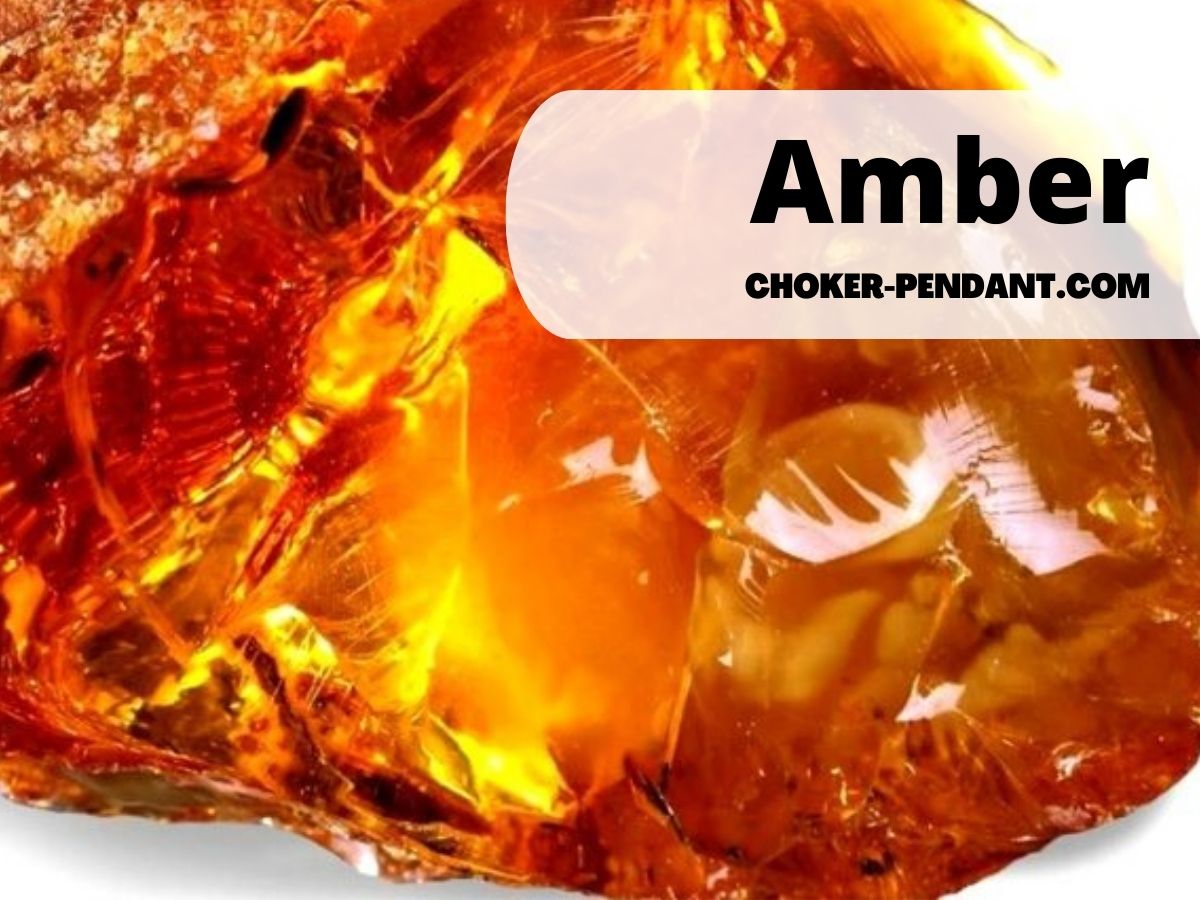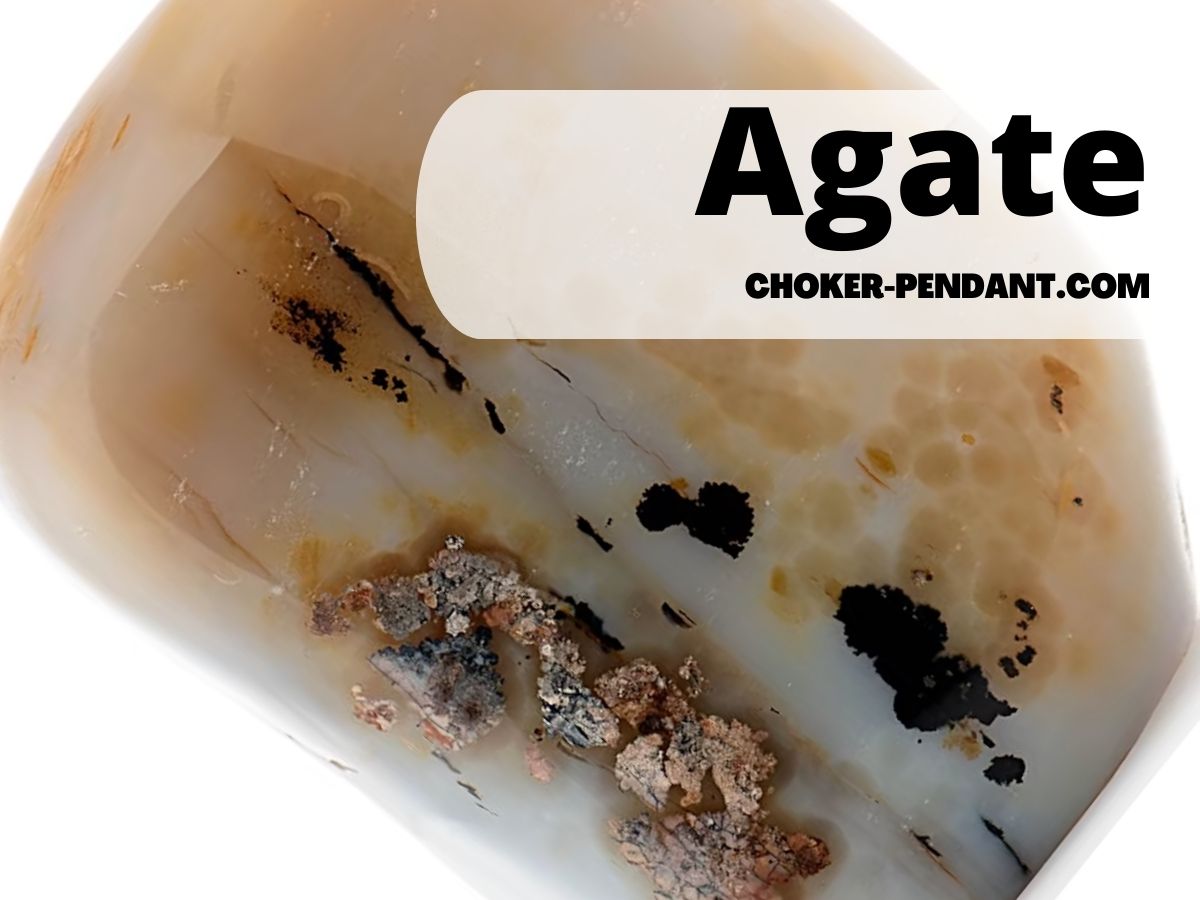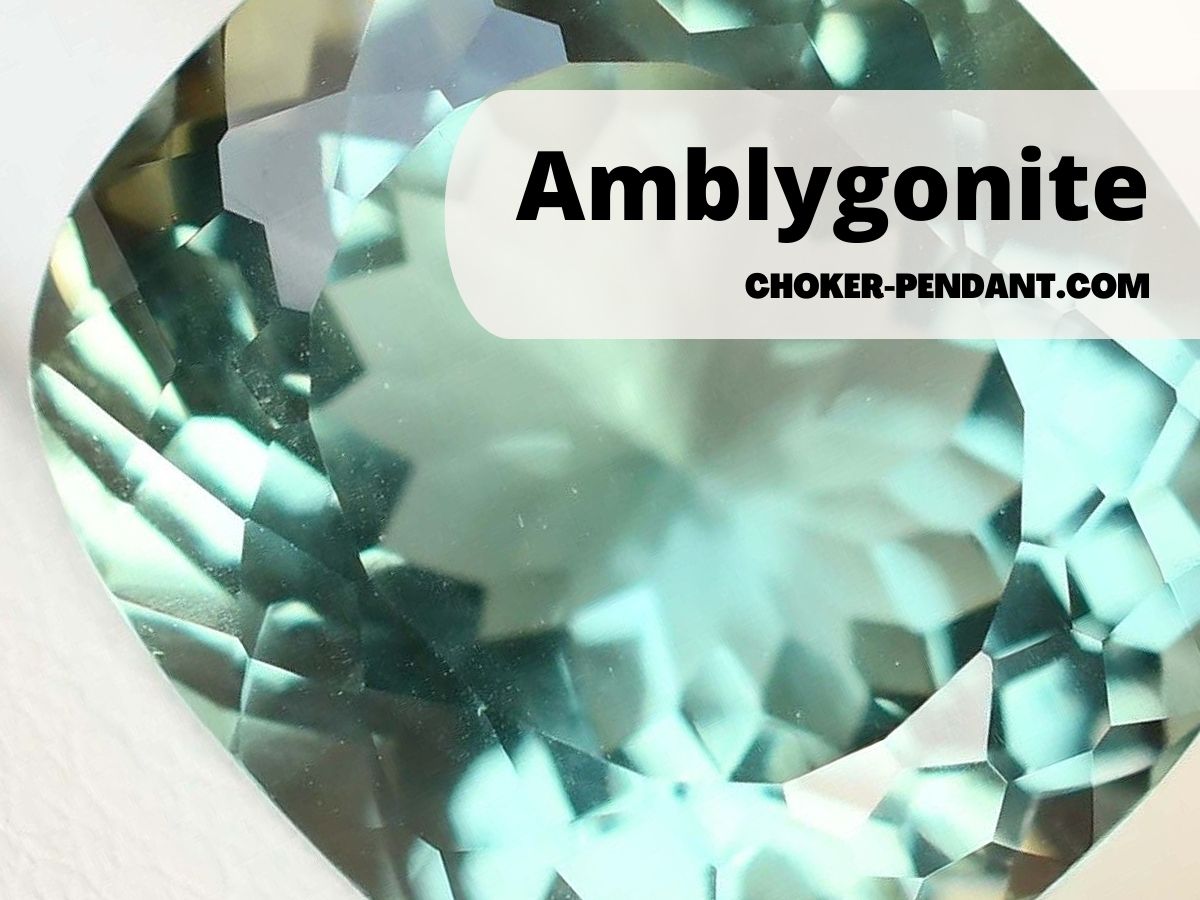Cubic Zirconia Quick Facts
- Cubic zirconia is a synthetic gemstone that is often used as a diamond simulant. It is made from zirconium dioxide, which is a colorless material that can be cut and polished to resemble a diamond.
- Cubic zirconia is less expensive than diamonds, and it is also more durable. It is resistant to scratching and chipping, and it does not tarnish.
- Cubic zirconia is available in a wide range of colors, including clear, white, yellow, pink, blue, and green. It is also available in a variety of shapes and sizes.
- Cubic zirconia is often used in jewelry, such as rings, necklaces, and earrings. It is also used in some industrial applications, such as dental implants and cutting tools.
- Cubic zirconia is harder than most other gemstones, but it is not as hard as a diamond.
- Cubic zirconia has a higher refractive index than most other gemstones, which means that it sparkles more.
- Cubic zirconia is a very dense material, so it feels heavier than most other gemstones of the same size.
- Cubic zirconia is a relatively new gemstone. It was first created in the 1970s.
- Cubic zirconia is often used as a diamond simulant in jewelry, but it is also used in some industrial applications, such as dental implants and cutting tools.
Cubic Zirconia FACTS Cubic Zirconia (CZ) has emerged as a prominent gemstone in the world of jewelry, captivating the hearts of both consumers and industry experts alike.
This synthetic gemstone, also known as cubic zirconium dioxide, possesses remarkable qualities that have positioned it as a highly coveted alternative to diamonds. In this article, we aim to delve into the fascinating world of CZ by providing an abundance of factual information that will enhance your understanding and appreciation for this exquisite gemstone.
Definition and Background of Cubic Zirconia (CZ)
To fully comprehend the allure and significance of CZ, it is imperative to understand its definition and background. Cubic Zirconia is a lab-created gemstone composed of crystalline zirconium dioxide with a cubic crystal system. Its chemical formula, ZrO2, manifests itself in an exquisite array of hues and exhibits extraordinary brilliance when cut into various shapes.
The journey of CZ began in the laboratories of the Soviet Union in the 1970s when scientists successfully synthesized this visually stunning gem. Initially developed for industrial purposes such as laser technology and thermal insulation due to its high refractive index and excellent thermal conductivity, CZ soon caught the attention of jewelry designers who recognized its enormous potential as a diamond substitute.
CZ as a Popular Alternative to Diamonds
The rising popularity of CZ can be attributed to its remarkable similarity in appearance to diamonds at a fraction of the cost. With advancements in manufacturing techniques over time, CZ has become virtually indistinguishable from natural diamonds to the untrained eye.
Its exceptional brilliance, fire, clarity, and color make it an alluring choice for those seeking affordable luxury without compromising on aesthetics. Furthermore, CZ’s affordability allows individuals from all walks of life to enjoy beautiful jewelry without breaking their budget.
This accessibility has made CZ an ideal choice for engagement rings, earrings, pendants, and various other pieces of jewelry that require dazzling gemstones. The affordability factor also provides a sense of security, as individuals can wear CZ jewelry without the constant worry of potential loss or theft.
Purpose of the Outline: Providing an Abundance of Facts about CZ
The purpose of this outline is to equip you with a comprehensive understanding of Cubic Zirconia by presenting an extensive array of factual information. We will explore various facets such as composition, properties, manufacturing processes, and much more to offer a well-rounded and informative perspective on this alluring gemstone.
By delving into the intricate details surrounding CZ, you will gain insight into its shimmering brilliance, remarkable durability, and versatility in design. Whether you are an enthusiast eager to expand your knowledge or someone considering CZ for your next jewelry purchase, this article aims to provide you with a wealth of facts that will enable you to appreciate the allure and craftsmanship behind Cubic Zirconia.
General Overview of Cubic Zirconia
Composition and Structure of CZ
Cubic Zirconia (CZ) is a remarkable gemstone that captivates the eye with its exquisite beauty and striking resemblance to diamonds. Its chemical formula, ZrO2, reveals its composition, consisting of zirconium dioxide. The crystal structure of CZ is particularly noteworthy as it belongs to the cubic crystal system, characterized by equal-length edges and angles of 90 degrees.
This intricate arrangement of atoms within a CZ crystal lattice allows it to exhibit remarkable optical properties. The hardness of Cubic Zirconia is another crucial aspect worth mentioning.
On the Mohs scale, which ranks minerals based on their scratch resistance, CZ possesses a hardness ranging from 8 to 8.5. This remarkable level of hardness makes it very durable and relatively resistant to scratches when compared to other gemstones commonly used in jewelry.
Discovery and History of CZ
The story behind Cubic Zirconia takes us back to the laboratories in the Soviet Union during the 1970s when scientists were exploring new possibilities for creating synthetic gemstones. In 1973, researchers at the Lebedev Physical Institute in Moscow successfully synthesized CZ for the first time using high-temperature techniques involving zirconium oxide powders and stabilizing agents. Following this groundbreaking achievement, commercial production of Cubic Zirconia began in earnest during the late 1970s.
The growth of this industry was driven by increasing consumer demand for affordable yet visually stunning alternatives to natural diamonds. The accessibility and affordability offered by CZ quickly gained traction among jewelry manufacturers worldwide.
Cubic Zirconia’s general overview provides insights into its composition as zirconium dioxide (ZrO2), its cubic crystal structure that contributes to its brilliance, as well as its impressive hardness on the Mohs scale. Additionally, understanding the history and discovery of CZ emphasizes its origin in Soviet laboratories during the 1970s and the subsequent rapid expansion of its commercial production, setting the stage for its prominence as a popular alternative to natural diamonds.
Properties and Characteristics of Cubic Zirconia
Brilliance and Sparkle akin to Diamonds
One of the most captivating aspects of cubic zirconia (CZ) is its uncanny ability to exhibit brilliance and sparkle similar to that of diamonds. Its refractive index, a measure of how light bends when passing through a material, closely matches that of diamonds. CZ possesses a refractive index ranging from approximately 2.15 to 2.18, while diamonds have a slightly higher range of around 2.42 to 2.48.
Refractive Index Comparison between CZ and Diamond
The refractive index comparison between CZ and diamond illustrates their remarkable similarity in how they disperse light, creating glorious flashes called fire. While diamonds tend to display more vivid fire due to their higher refractive index, the difference is often negligible to the untrained eye. This means that when cut with precision, cubic zirconia can mirror the dazzling brilliance exhibited by its pricier counterpart.
Dispersion Properties Enhancing Fire in CZ Gemstones
The dispersion properties of gemstones refer to their ability to split white light into spectral colors, resulting in vibrant flashes known as fire. Cubic zirconia possesses an impressive dispersion rating at approximately twice that of diamonds; this accounts for the intense bursts of rainbow-like colors seen when light interacts with well-cut CZ gemstones.
Color Variations Available in CZ
Cubic zirconia offers an extensive array of color variations, catering to diverse preferences and styles. While it naturally appears colorless like diamonds, it can also be enhanced through a process called doping where different elements are introduced during its fabrication. This allows CZ to manifest a broad spectrum of colors that can mimic various gemstones.
Natural Colorless Form Resembling Diamonds
In its natural form, cubic zirconia resembles the colorlessness of diamonds, presenting a brilliant white hue. This inherent quality makes it an ideal alternative for individuals seeking the classic elegance and allure associated with diamond jewelry but at a more accessible price point.
Wide Range of Colors Achieved through Doping with Different Elements
By introducing specific elements during the manufacturing process, cubic zirconia can be transformed into an exquisite kaleidoscope of colors. For example, yellow CZ is achieved by incorporating small amounts of yttrium or gallium, while pink CZ results from doping with manganese. By varying the dopants used, CZ can exhibit blue, green, purple hues, and even rarer colors like black or red.
Color-Changing CZ under Different Lighting Conditions
One fascinating property displayed by certain types of cubic zirconia is their ability to exhibit color-changing characteristics based on the lighting conditions they are exposed to. These special CZ gemstones can shift in color depending on whether they are placed in natural daylight or artificial lighting environments. The interplay between light sources and these exceptional gems creates a mesmerizing visual experience for admirers.
Durability and Resistance to Wear Compared to Other Gemstones
Cubic zirconia stands out among gemstones due to its outstanding durability and resistance to wear. These properties make it an excellent choice for everyday jewelry pieces that endure regular use without compromising their appearance or structural integrity.
Resistance to Scratching Due to Its Hardness
CZ’s hardness rating on the Mohs scale falls between 8-8.5, making it considerably harder than most gemstones used in jewelry. This exceptional hardness provides CZ with an impressive resistance to scratching, allowing it to maintain its lustrous surface over time even when subjected to daily wear and tear.
High Toughness that Makes It Less Prone to Chipping or Breaking
In addition to its hardness, cubic zirconia exhibits high toughness. This means it possesses a superior ability to withstand impact and resist chipping or breaking compared to more delicate gemstones. Its remarkable toughness ensures CZ jewelry can endure accidental knocks or bumps without compromising the gem’s integrity.
Manufacturing Process of Cubic Zirconia
Overview of the synthesis methods for producing CZ crystals
The production process of Cubic Zirconia involves meticulous attention to detail and sophisticated techniques. There are two primary methods used in the synthesis of CZ crystals: the low-temperature melt growth method and the high-pressure high-temperature (HPHT) method.
In the low-temperature melt growth method, a mixture of zirconium oxide and stabilizing agents is melted at extremely high temperatures, typically above 2750 degrees Celsius. As the molten mixture slowly cools down, CZ crystals gradually form.
This method requires precise temperature control and careful monitoring to obtain high-quality CZ crystals with uniform composition. On the other hand, the HPHT method involves subjecting a seed crystal in a pressurized environment to temperatures exceeding 2300 degrees Celsius.
Under these extreme conditions, zirconium oxide powder transforms into cubic crystalline form, resulting in CZ crystal growth around the seed. The HPHT process ensures larger crystal sizes compared to the low-temperature melt growth method.
Both methods require expertise and precision throughout multiple stages involving purification, crystallization, shaping, grinding, and polishing. These steps are performed meticulously to ensure that each CZ crystal meets strict quality standards.
Conclusion
Cubic Zirconia is an exceptional gemstone that has gained widespread popularity as a remarkable alternative to diamonds. Its dazzling brilliance and vibrant colors make it an appealing choice for jewelry enthusiasts worldwide.
The synthetic production methods employed ensure consistent quality while offering an affordable option for those seeking elegance and beauty without breaking their budget. CZ’s hardness and durability also make it highly resistant to wear compared to other gemstones.
Its ability to withstand scratches combined with its toughness contribute to its long-lasting nature — making it suitable for everyday wear. Cubic Zirconia’s intriguing manufacturing process and remarkable properties make it a gemstone that continues to captivate with its beauty and affordability.
Its accessibility allows individuals to indulge in luxurious jewelry without compromising their financial stability. The world of Cubic Zirconia offers a wonderful opportunity to embrace the brilliance of gemstones and adorn oneself with magnificence.




